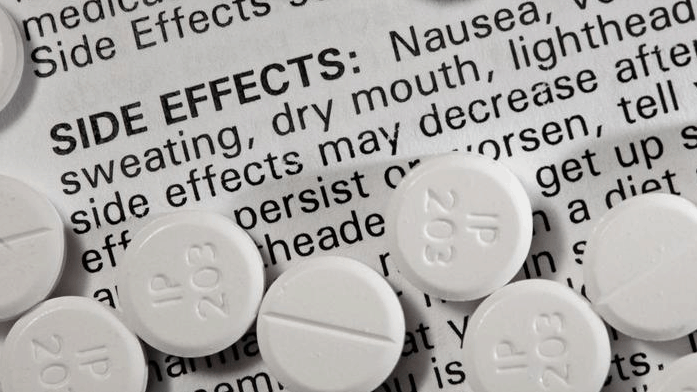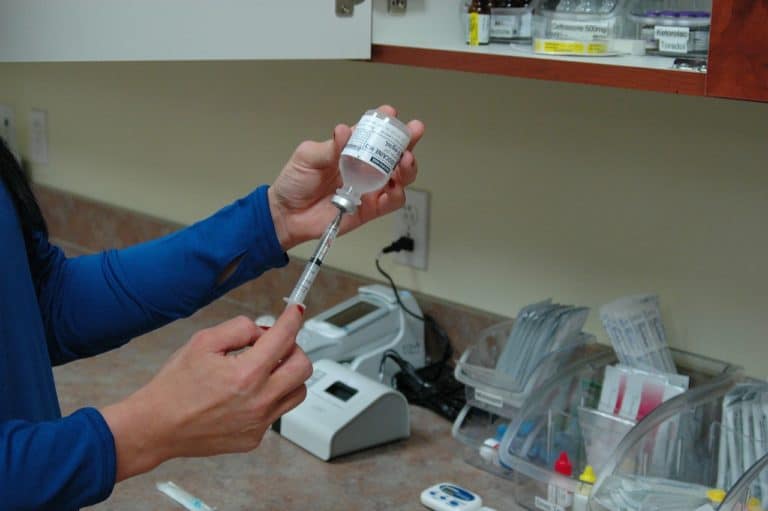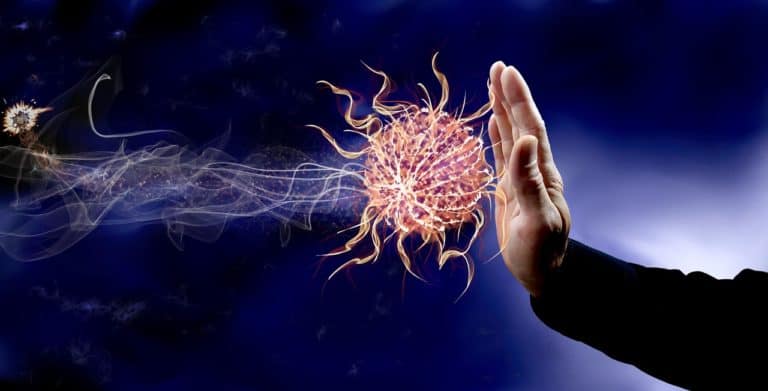If you are concerned about preventing prostate cancer, you are sure to read a lot about antioxidants. But what exactly are antioxidants and how do you get them? Antioxidants are substances that prevent damage to cells caused by free radicals. Free radicals are unstable molecules that take electrons from healthy molecules so they can stabilize themselves. This damages healthy cells, tissues, and organs. Antioxidants stabilize the free radicals thereby decreasing or preventing damage to the body. One theory is that free radical damage causes changes in our cellular structure that may lead to cancer.
Many fruits, vegetables, and spices are high in antioxidants. Foods like berries, plums, pomegranates, artichokes, onions, peppers, turmeric, grapes, and apples are excellent sources. The major dietary antioxidants include beta-carotene, vitamin C, vitamin E, selenium, lycopene, the catechins in green tea, genistein, quercetin, resveratrol, and polyphenols.
Do antioxidants prevent prostate cancer?
We do not clearly know whether antioxidants can prevent prostate cancer. We do know that antioxidants appear to have the ability to prevent cancer when studied in animals or a lab, however clinical trials with actual patients have not conclusively demonstrated this. That being said, we also know that men who live in areas of the world with lower prostate cancer rates are among people who eat a lot of fruits and vegetables and other foods that are high in antioxidants.
In the PLCO Cancer Screening Trial preformed by the National Cancer Institute, 29,361 men between the ages of 55 to 74 were followed for the development of prostate cancer while also recording the daily intake of antioxidants. Both dietary sources and supplements of beta-carotene, vitamin E, and vitamin C were recorded.
This prostate cancer research study did not find any relationship between the intake of beta-carotene, vitamin E, or vitamin C with prostate cancer. Certain specific groups, however, did show some association with prostate cancer.
Current smokers who also consumed high doses of vitamin E had a decreased risk of advanced prostate cancer. Men who consumed low amounts of beta carotene in their diet had a lower risk of prostate cancer if they took high dose supplements of beta carotene. Despite these findings, the authors do not feel that supplementation with antioxidants could be supported for the prevention of prostate cancer.
Additional prostate cancer research has specifically looked at Vitamin E and prostate cancer risk. The Selenium and Vitamin E Cancer Prevention Trial (SELECT) looked at selenium and vitamin E supplementation to prevent prostate cancer risk. This trial included more than 35,000 men and was stopped early when supplementation with vitamin E was found to increase risk of prostate cancer (although the trial it should be noted was based on the use of the alpha tocopherol form of vitamin E, which has been known for decades to be a risk factor for prostate cancer – unlike gamma tocopherol, which is protective, and more commonly used). The Physicians’ Health Study II randomized more than 14,00 male physicians to restive beta-carotene, vitamin E, ascorbic acid, and/or a multivitamin. The incidence of prostate cancer was not decreased with any of the antioxidants.
So the bottom line is that while there are no specific studies showing that antioxidants prevent prostate cancer in people, there are many health benefits associated with eating foods high in antioxidants. Certainly eating antioxidant-rich foods can’t hurt you, and a colorful plate of food is a good recipe for strong immunity and healthy aging.
Read more in our Prostate Cancer Health Center.
References
Lippman SM et al. Designing the Selenium and Vitamin E Cancer Prevention Trial (SELECT). J Natl Cancer Inst 2005; 97:94.
Kirsh VA et al. Supplemental and dietary vitamin E, beta-carotene, and vitamin C intakes and prostate cancer risk. J Natl Cancer Inst 2006; 98:245.
Klein EA et al. Vitamin E and the risk of prostate cancer: the Selenium and Vitamin E Cancer Prevention Trial (SELECT). JAMA 2011; 306:1549.







